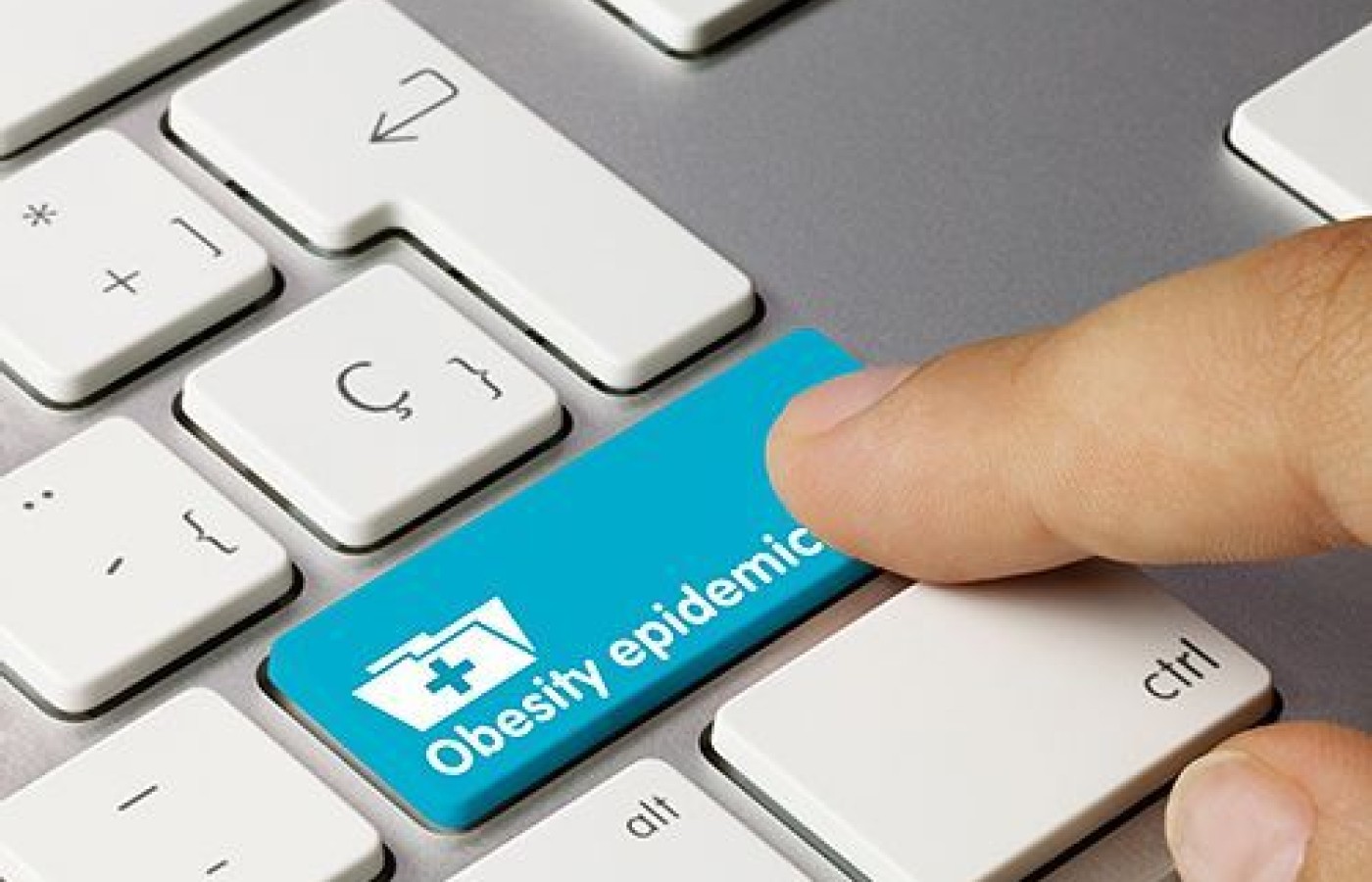MRI is currently the gold standard for identifying radicular pathology, but unfortunately, it requires preauthorization, which isn’t easy to obtain. Physical tests are what most practitioners depend on – despite the marginal reliability of the tests. The information in this article brings history and observation to the forefront of radicular diagnostics. Each factor listed can significantly increase the clinician’s ability to diagnose radiculopathies.
Article PDF Test - The Obesity Epidemic: How We Got Here (and How We Can Go Back)
Where should we start when it comes to tackling the obesity epidemic when the topics to tackle are endless? The ubiquity of ultraprocessed foods (UPFs) and liquid sweeteners such as high-fructose corn syrup (HFCS) are the runaway trains of the obesity epidemic. These should be on all of our short lists.
The Perfect Obesity Trap: Ultraprocessed Foods and High-Fructose Corn Syrup
UPFs account for more than 60 percent of our daily calories and over 70 percent of our children's calories. The public – especially parents – needs to understand that many (if not most) of these foods are engineered to increase the "bliss point" (reward) to the levels of physical addiction, while simultaneously delaying satiation.
The net effects? We eat these foods faster and because fullness is delayed, we eat longer. This is a perfect obesity trap, and it's no wonder why three of every five children / adolescents have pre-obesity or obesity.7

Right alongside of UPFs and since 1970, one result of the overprocessing scourge, is HFCS or highfructose corn syrup. When HFCS entered our nutritive sphere, it was perhaps the most devastating in terms of weight gain and ill health. HFCS is present in almost every food today.
Why is it so bad? According to pediatric endocrinologist Robert Lustig, MD, author of Fat Chance and most recently, Metabolical; and neurologist nutritionist David Perlmutter, MD (Grain Brain, Drop Acid), it's the worst carbohydrate we can possibly consume – and the significant rise in obesity rates correlates to this ubiquitous liquid corn product that is subsidized by our government.
"High-fructose corn syrup also contributes to diabetes, inflammation, high triglycerides, and something we call non-alcoholic fatty liver disease," according to Dr. Mark Hyman, who says it increases all the fat in the liver, which now affects over 90 million Americans.
It can even cause fibrosis or what we call cirrhosis. Remember, the fructose in fruit with its fiber is a good form of fructose, but HFCS can have the fructose up to 20 fruits minus the fiber; hence greater absorption, conversion into glucose and a subsequent rise in insulin.
Besides HFCS increasing fatty liver disease and visceral fat, it also drives insulin resistance and high inflammation, which drives up uric acid levels; which besides stimulating gout and kidney stones, decreases the number and effectiveness of your body's energy powerhouses, the mitochondria, thus reducing energy and increasing endothelial tissue damage that sets the stage for cardiovascular issues.
The Ultimate Impact
So, where does this lead us? With the rise of carbohydrate consumption and the carbohydrates in some form or another being found in almost all our foods; this ultimately causes a rise in our insulin levels. Insulin is the anabolic pancreatic endocrine hormone that takes glucose and stores it as triglycerides in the adipocyte. Most of our patients today are walking into our offices insulin dominant, with unbeknownst insulin resistance, driving inflammation, weight gain and eventual disease.
Remember, metabolic syndrome means having the following four conditions: high blood pressure, high blood sugar, high cholesterol and triglycerides, and central obesity (men with a waist circumference over 40 inches and women over 35 inches).
According to Gerald Reaven, MD, professor emeritus at Stanford University, the hallmark bullseye for metabolic syndrome is insulin resistance coupled with hyperinsulinemia. At the center of that bullseye lies carbohydrates and our intolerance to them.8
All Calories Are Not Equal
In short, as Dr. Atwater proposed back in 1894 [see Pt. 1 of this article], not all calories are equal.9 A calorie is a calorie is a calorie, at least from a thermodynamic standpoint; but not when it comes to health and your body's energy balance.10 It matters what macronutrients are consumed and in what proportion, as they have a direct and indirect effect on our physiology.
The chemistry Dr. Atwater observed in his lab over a century ago was likely glucose homeostasis and the regulatory hormones that govern it, insulin and glucagon. He was years ahead of the curve in his realization of metabolic flexibility and diet's role in maintaining it.
It's Time to Use Food as Medicine
We need to bring science back into our nutrition, and especially our government guidelines and policies – and it can be done without upsetting the apple cart too much. I tend to believe in the researched model that weight balance is primarily driven by hormones and neuromodulators; to name a few: insulin, glucagon ghrelin, leptin, dopamine, serotonin, cortisol, GLP-1, CCK, and PYY. We indeed can use food as medicine when we use these macronutrients and their micronutrients to affect our physiology.
In my next and final article, I will share an approach that addresses the 70-90 percent of Americans who need a new guideline. This approach can bring the metabolically inflexible patient, stuck in insulin dominance and insulin resistance, back to a healthy return to insulin sensitivity; and stabilize weight through a physiological process that has been escaping us for over 50 years.
Editor's Note: Article #1 of this three-article series appeared in the August 2022 issue. Part 1 of this article (#2 in the series) appeared in the October 2022 issue.
References
7. "Eating Highly Processed Foods Linked to Weight Gain." National Institutes of Health, May 21, 2019. Read Here
8. Lam DW, LeRoith D. Metabolic Syndrome. In Feingold KR, et al. (editors): Endotext: Comprehensive Free Online Endocrinology Book. South Dartmouth, MA; MDText.com, 2000-.
9. Hall KD, et al. The energy balance model of obesity: beyond calories in, calories out. Am J Clin Nutr, May 2022;115(5):1243-54. Full Text Here
10. "Not All Calories Are Equal – A Dietitian Explains the Different Ways the Kinds of Foods You Eat Matter to Your Body." TheConversation.com Dec. 27, 2021. Read Here



